
Intro
Most of our reviews are pretty long — and take a long time to produce — because we want to provide enough info for you to actually determine whether the gear we tested will work well for you.
But we get asked to check out an increasingly wide range of products, and sometimes, we just want to tell you about something we’ve been using and loving lately.
So that’s where this monthly series — Stuff We Like — comes in, where we keep you current on a broad range of stuff we’re currently digging.
And if there’s something you love that you think we ought to check out, drop us a note in the comment section below.
Deuter UP Stockholm Daypack
MSRP: $115
Kristin Sinnott: I love Deuter’s UP line of packs. Anytime I need to travel with my laptop, I use a UP pack. I’ve been using the Sydney and Seoul packs for years and recently started using the Stockholm. The three different packs are all well-designed and include similar features, but they are also different enough to appeal to different people.
Personally, I love the simple yet functional design of each of them. And while my favorite is the Sydney because of the easy magnetic foldover closure, I am always happy to use any of the packs in UP’s line. The Stockholm and Sydney have 22 liters of volume. And while you can sometimes stretch the volume or size of other packs by adding items to the exterior or stuffing the pack so full that the fabric bulges, you can’t do that with the UP line. The exterior fabric of the UP series is lightly padded and doesn’t have enough give to change the shape of the pack. The only downside to this is that when the pack is full, it can be quite difficult to squeeze a water bottle into its external pockets.
Regarding features, there aren’t a lot of them, but each one is well thought out. And all three packs are made with 100% recycled PET material and are PFAS free. They are also “Bluedesign®” and “Green Button” certified products.

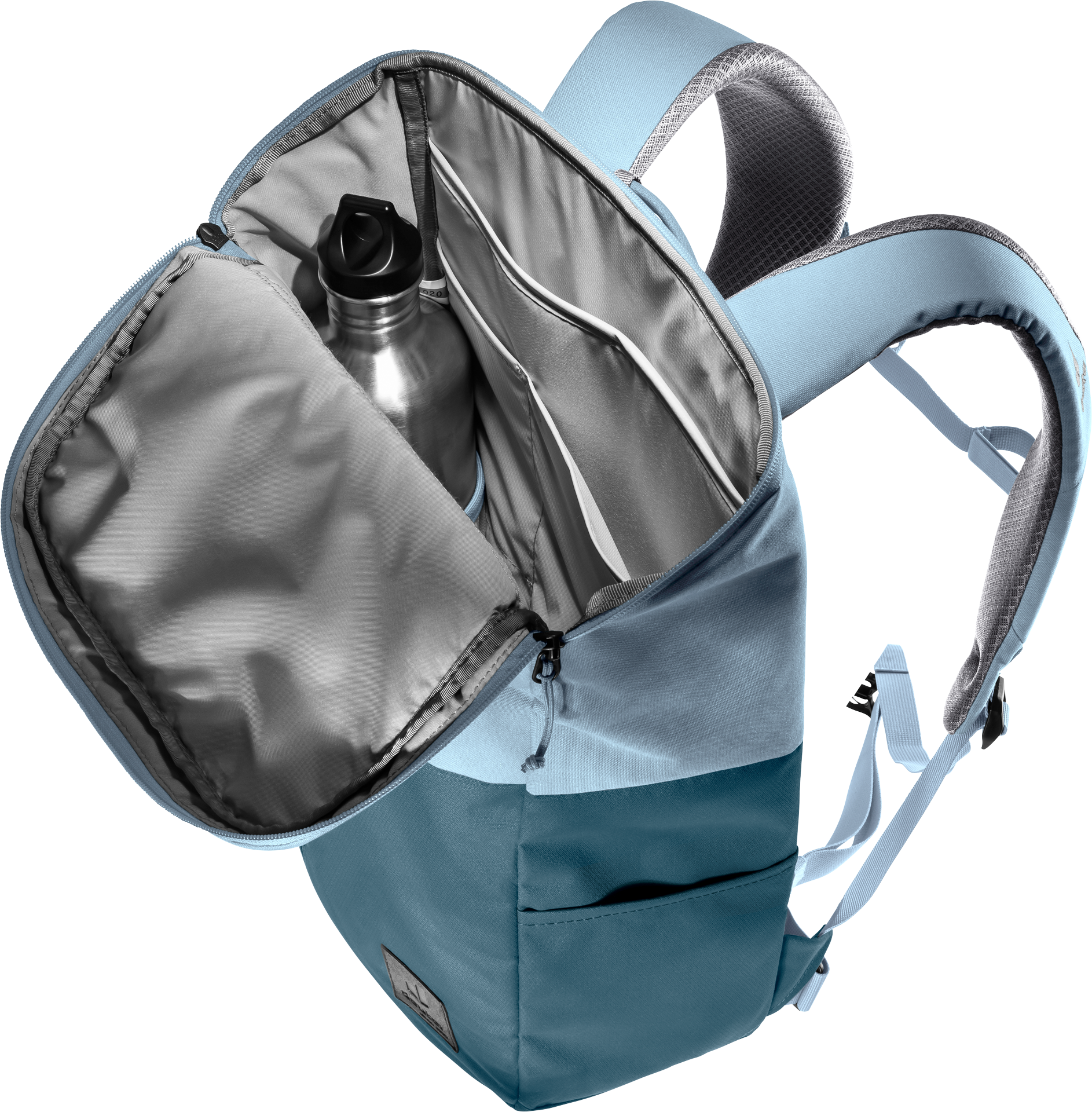
Each pack in the UP line has a 15” padded laptop compartment and a separate compartment for your phone and tablet. They also have a removable waist belt and sternum strap. The sternum strap is reinforced with cording and double elastic that provides some give and breathing room when secured.
The packs mainly differ in their top closure design (Stockholm has a large zipper top) and the exterior pocket. If you’re looking for a daypack to carry your laptop, I recommend checking out the UP line of packs from Deuter.
Kavu River Shorts
MSRP: $65
Noah Eckhouse: I’ve been a fan of baggy river shorts for 40 years. In that time, many brands have migrated their offerings from function to fashion, using different fabrics to deliver a swimsuit rather than a burly, go-anywhere short. I’m pleased to report that the Kavu River Short is true to its roots and is now one of my favorite summertime pieces of apparel.
The shorts are constructed with recycled nylon, which is both strong and relatively quick drying. The fit is updated from the early 80’s to be less boxy and more streamlined; however, this does not come at the expense of generous leg openings. I can happily still cycle in the shorts despite my skier’s thighs.
Features I also really appreciate are the shorts’ high quality mesh liner and front in-seam mesh pockets that are sewn into the legs at the bottom, thus avoiding “phone tea bag” when the pockets slip below the hemline when sitting or bending. The right pocket also has a secondary zippered area to keep your valuables secure, and I was able to fit my iPhone 12 in there and zip it up without a problem. Missing, however, was a simple Velcro or snap closure rear pocket.

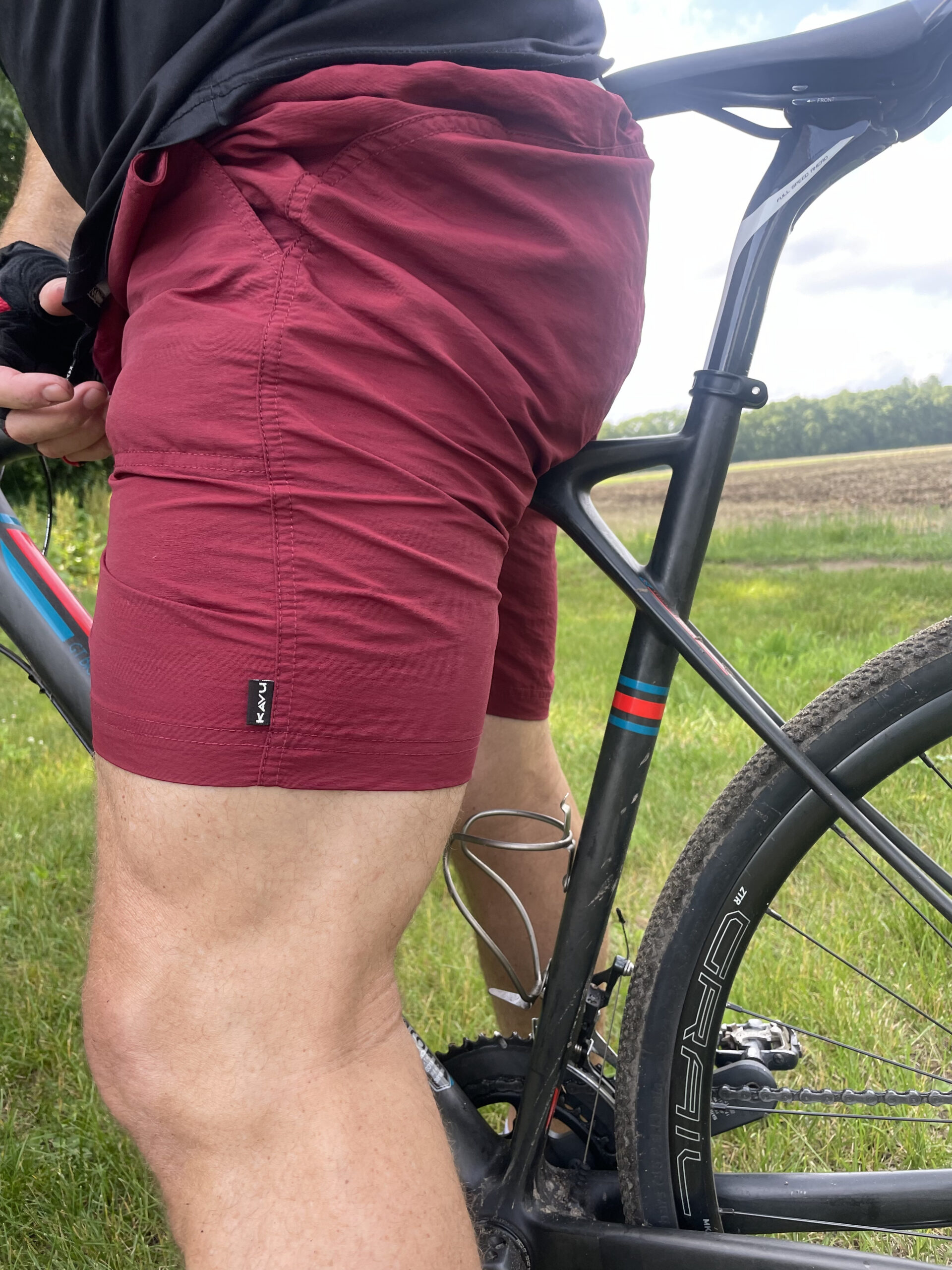
I took these shorts on my own little duathlon: a 20-mile gravel ride on an 85 degree Farenheit day, followed by a swim in Walden Pond. The shorts were great, I felt no chafing during the ride, and they dried quickly after the swim as I made my way home.
The simple and elegant execution of these shorts will keep them at the top of my drawer for summer adventures. Kudos to Kavu for doing such a great job.
Rocky Talkie
MSRP: $110 (+$48 for waterproof hand mic)
Jed Doane: Rocky Talkie is a small start-up from Denver that was founded in 2019 with the goal of improving backcountry communication. After several months of splitboard testing in the Cascades and Sierra, the Rocky Talkie has really impressed and is my go-to for a touring radio. It’s a well-designed, durable piece of gear at a solid price.
The overall design, weighing a paltry 136 g for the radio alone, is simple, low-profile, and likely pretty durable. It offers 128 channels and 121 privacy codes, which is substantially higher than the standard 22 channels for comparable FRS radios. Setting it up is fairly simple, though I needed the manual the first time I added privacy codes. I haven’t stretched the range of the Rocky Talkies, but I have depended on them in complex terrain and through thick trees, and the crispness of the audio is noticeable, especially compared to low-budget radios. The audio quality is perhaps slightly better than the BCA Link 2.0, though I didn’t have a pair of BCAs to verify this (slightly) more scientifically.
The built-in lithium-ion battery is quoted at lasting 3-5 days, but in my experience (with a brand new battery and judicious use) it would probably last longer than that. Notably, I wasn’t able to test the battery at extremely cold temperatures. The USB-C charging is convenient and, in my experience, charges at a similar speed to other lithium-ion electronics.
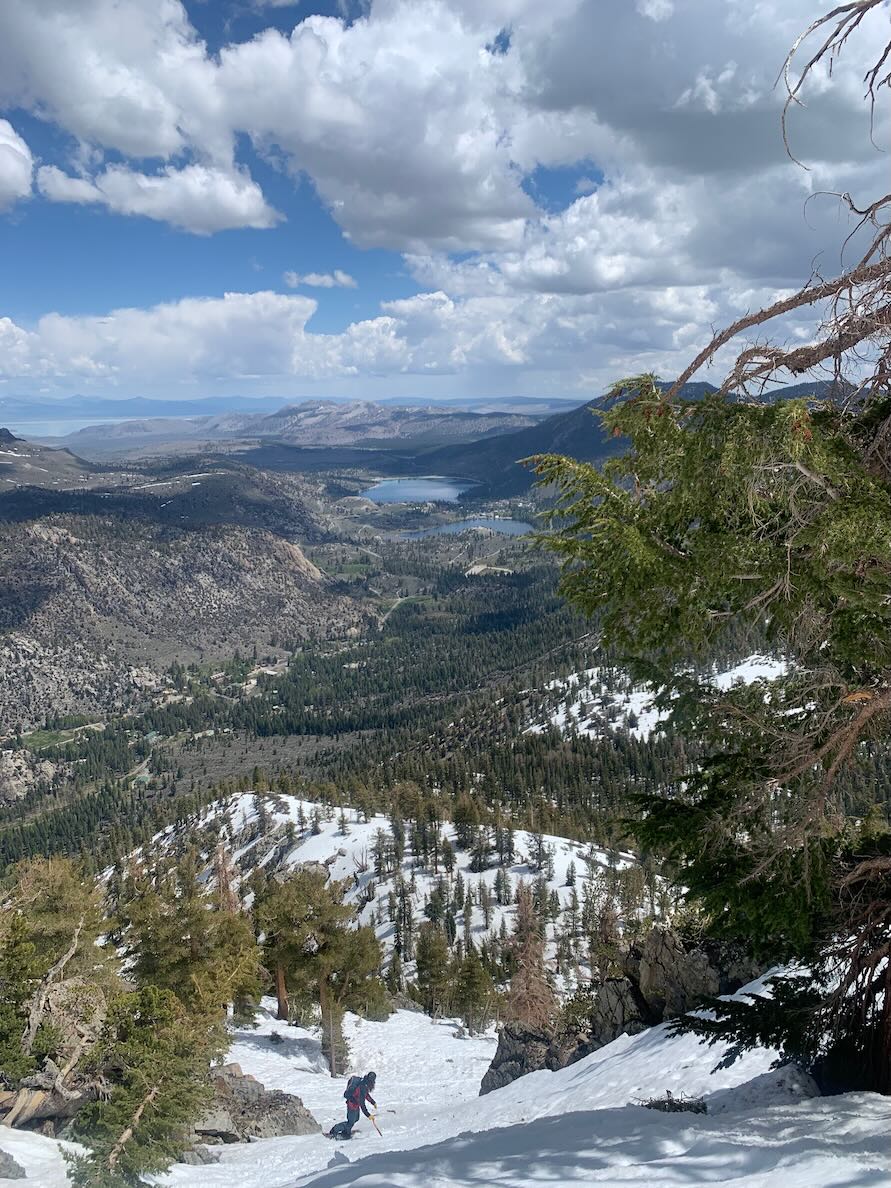
Many of my touring friends use BCA Link radios, so compatibility was very important to me. I found that the Rocky Talkies paired nicely with other radios including the BCA Link, and that the privacy codes worked well together. The Rocky Talkie does support a much higher number of channels than BCA’s offerings, though I’m not sure how much this benefits the average consumer.
Rocky Talkie’s sold-separately mic features a minimalist design with just a single button for radio operation. It’s quite light and almost felt flimsy at first, but I’ve left it attached to my pack for a few months of abuse now and it’s held up quite well. Other radios like the BCA Link 2.0 have more functionality in their mic, allowing for channel and volume adjustment, but are much bulkier and heavier, which can be very annoying when packs get heavy and cumbersome. While there has been the rare instance when I wanted to change volume or channel during a tour, I found that the weight-, bulk-, and complexity-savings afforded by Rocky Talkie’s mic were well worth those minor inconveniences.
Rocky Talkie nobly ditched the plastic clip that almost every other radio on the market uses, opting instead for a climbing-grade carabiner that attaches to a strong rubber loop on the radio. This design avoids the inevitable durability issues that come with those clips, from the plastic breaking to the wire spring wearing out. For my purposes, their design works perfectly well — I use the hand mic and the radio lives in my pack. For those that clip the Rocky Talkies to the outside of a pack or shoulder strap during activity, the design results in the radio flopping around quite a bit. Rocky Talkie does offer an instructional video showing how to secure it using the included leash, but wrapping a bulky leash around a pack strap doesn’t seem like an elegant solution compared to the rest of the radio’s great design.
Overall, for ski-touring-specific radios, the Rocky Talkie is tough to beat. Offering the triad of durability, ease of use, and lack of weight, it makes for a dependable communication tool that’s easy to leave in the pack all season long.
Strafe Skyline Tech Tees, Ridgeline Jogger, & Durant Flannel
MSRP: $63-$89 (Tees); $149 (Jogger); $119 (Flannel)
Luke Koppa: Last year Strafe launched their first full summer collection of apparel, and I really liked their Skyline Tech Tee, Ridgeline Short, and Sopris Sun Hoodie. All of them use lightweight, stretchy, super comfy, and notably cool-feeling materials that feature brrr°’s “Triple Chill Effect” treatment.
This year, they expanded the collection, and I’m similarly happy with the new long-sleeve version of the Skyline tee, multi-purpose Ridgeline Jogger, and lightweight Durant Flannel. The Skyline Tech LS is one of the best long-sleeve shirts I’ve used for really hot weather, which is particularly nice when I’m going to be out biking or fishing all day and will inevitably not be able to reapply sunscreen often enough.
The Ridgeline Jogger is extremely comfortable, with a very light, stretchy, and cool-to-the-touch stretch-woven fabric and a pretty roomy fit that tapers enough below the knee that I don’t have issues with it snagging cranks or pedals while on my bike. I can fit low-profile knee pads underneath, though it definitely seems best thought of as a generalist summer outdoor pant, rather than something bike specific. But as a generalist, it’s great — I’ll happily wear it when just lounging around, running errands, etc., but because of how breathable, stretchy, and quick-drying it is, it’s also an easy pick for just about any outdoor activity.
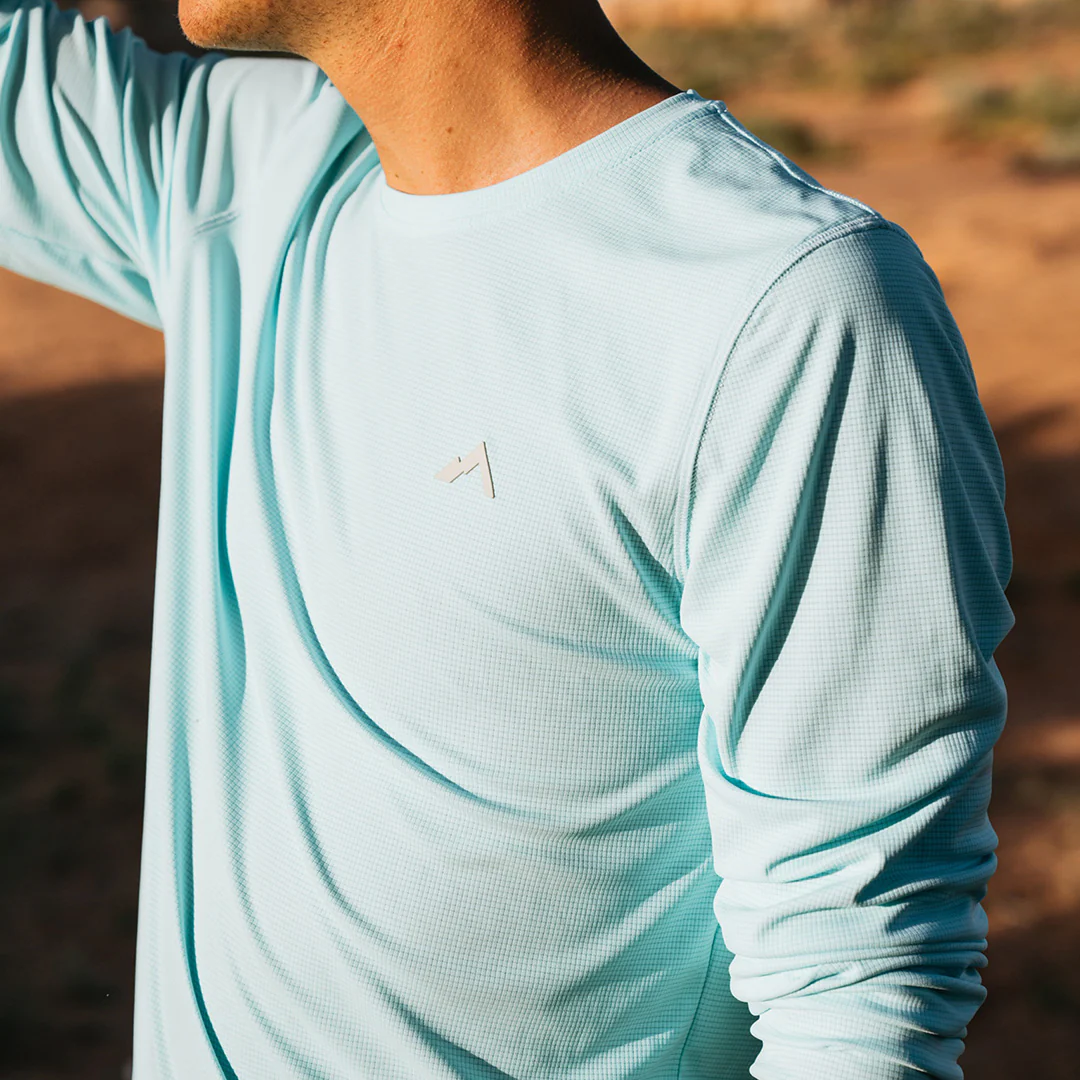

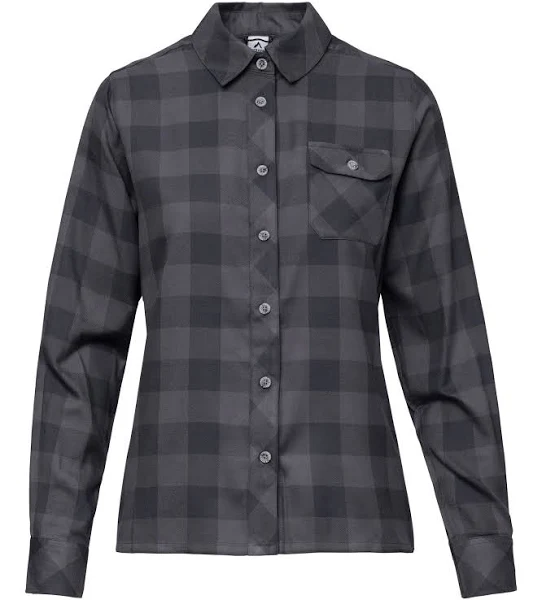
Lastly, Strafe’s Durant shirt is a lighter take on the classic flannel, with an exceptionally soft fabric (recycled COOLMAX polyester, bamboo, cotton blend) that’s ideal for dawn and dusk when you want just a bit of added warmth. While Strafe’s other summer pieces tend to run a bit slim, the Durant has what I’d call a pretty standard fit, and I think it looks quite sharp.
Overall, I’ve been continually impressed by Strafe’s summer offerings, which shouldn’t come as much of a surprise, seeing as they’ve made some of my all-time favorite winter outerwear.
Strafe W’s Skyline Tech Tee
MSRP: $79
Kara Williard: Temperatures quickly rose here in the Gunnison Valley and I am poorly managing the heat. I have found lightweight apparel for biking and climbing to be the best way to deal with warmer days while I hopefully begin to acclimate to summer temperatures. My favorite piece of apparel has been the Strafe W’s Skyline Tech Tee. It’s extremely airy and breathable and does a great job of wicking moisture. Echoing Luke’s point about the Skyline Tech LS, it’s one of the better options for hot weather. Strafe utilizes a cooling technology, “brrr° Triple Chill,” and on more than one occasion I found the Skyline Tech Tee helped regulate my body temperature, both on humid and dry days.
The Skyline Tech Tee is lightweight, thin, and composed of a soft and stretchy mesh fabric. This works well for the application mentioned above, but my only consideration is its long-term durability. So far, the Tee has been snag-resistant and seems to be holding up after several washings, but because it’s so thin and soft I’m a little worried about how it will hold up over the coming months.
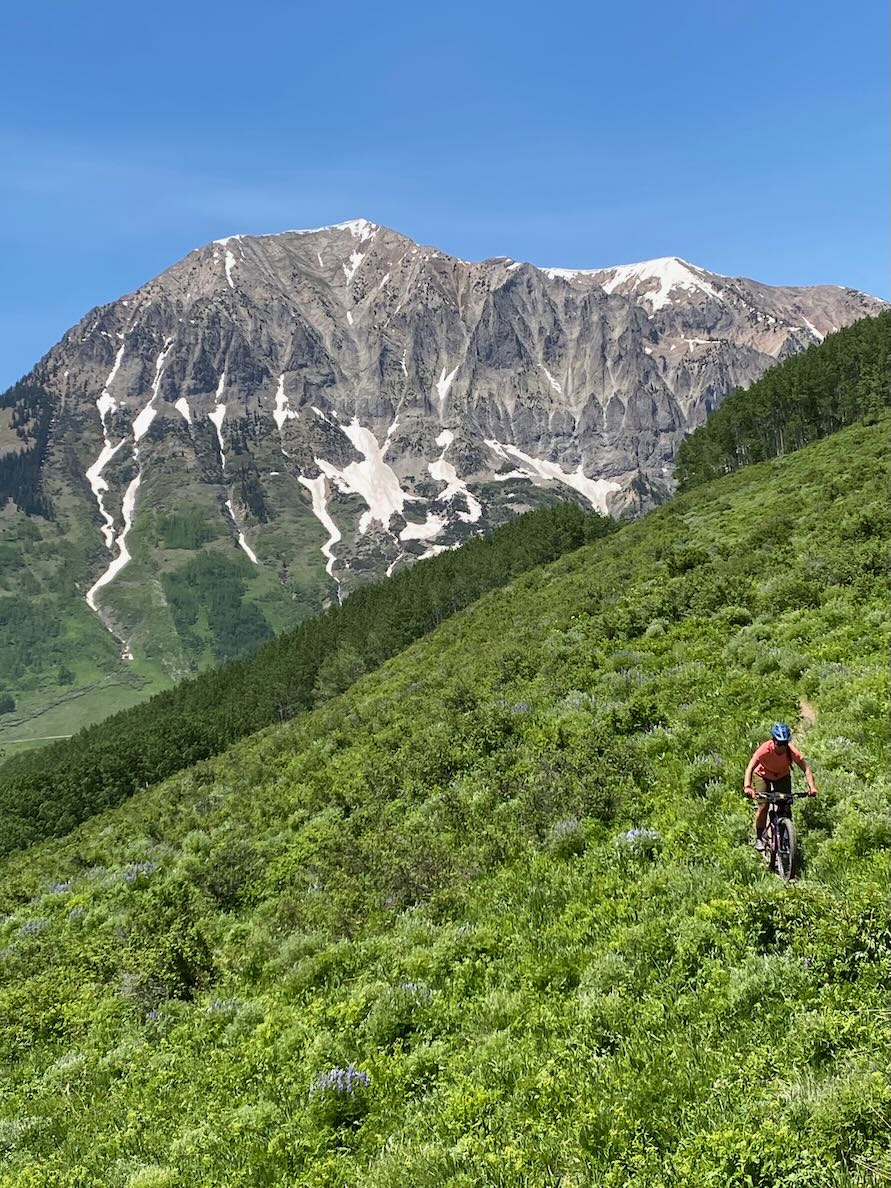

I’m testing the Skyline Tee in a Large, and it is pretty baggy and roomy. This has helped with airflow and I find it to be extremely comfortable, but since I have historically worn Mediums from Strafe in the past, I think I could have gotten away with a Medium if I wanted a more fitted, less baggy look.
Overall, the Skyline Tech Tee is among the lightest technical tees I have tested, making it stand out as a comfortable and practical option when I convince myself that getting out for a midday pedal on the bike is a good idea, or any other summer activity under the sun.
Hyperlite Headwall 55 Backpack
MSRP: $449
Luke: We’ll be posting a full review of this pack in the future, but I wanted to highlight it here for the time being. In short, the Headwall 55 is Hyperlite’s first backcountry-skiing-focused pack, designed with the help of Cody Townsend. Like most of Hyperlite’s numerous other packs, shelters, and accessories, it features a pretty minimalist design and their signature Dyneema woven fabric, which is known for being exceptionally strong for its weight.
55 liters of storage is a lot more than I typically need for a day in the backcountry (unlike Cody, multi-day traverses aren’t really my thing…), but the Headwall 55’s versatility is probably what’s impressed me the most, even when I’m only carrying the bare necessities for a quick 1-hour tour. It compresses down really well and doesn’t jostle around much at all on the descent.
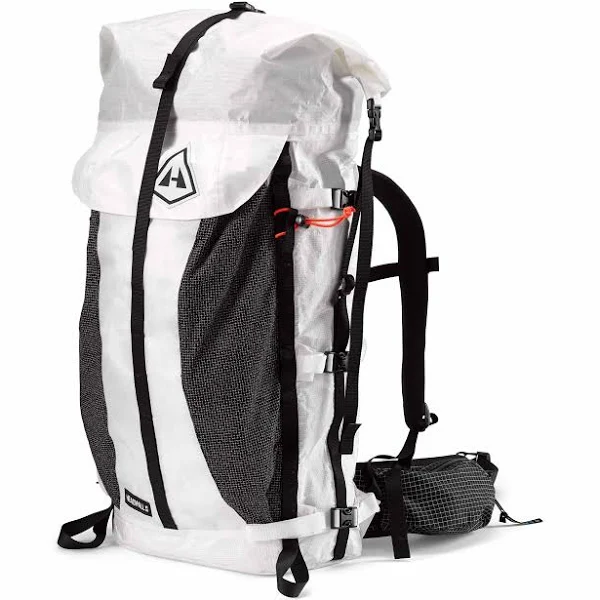
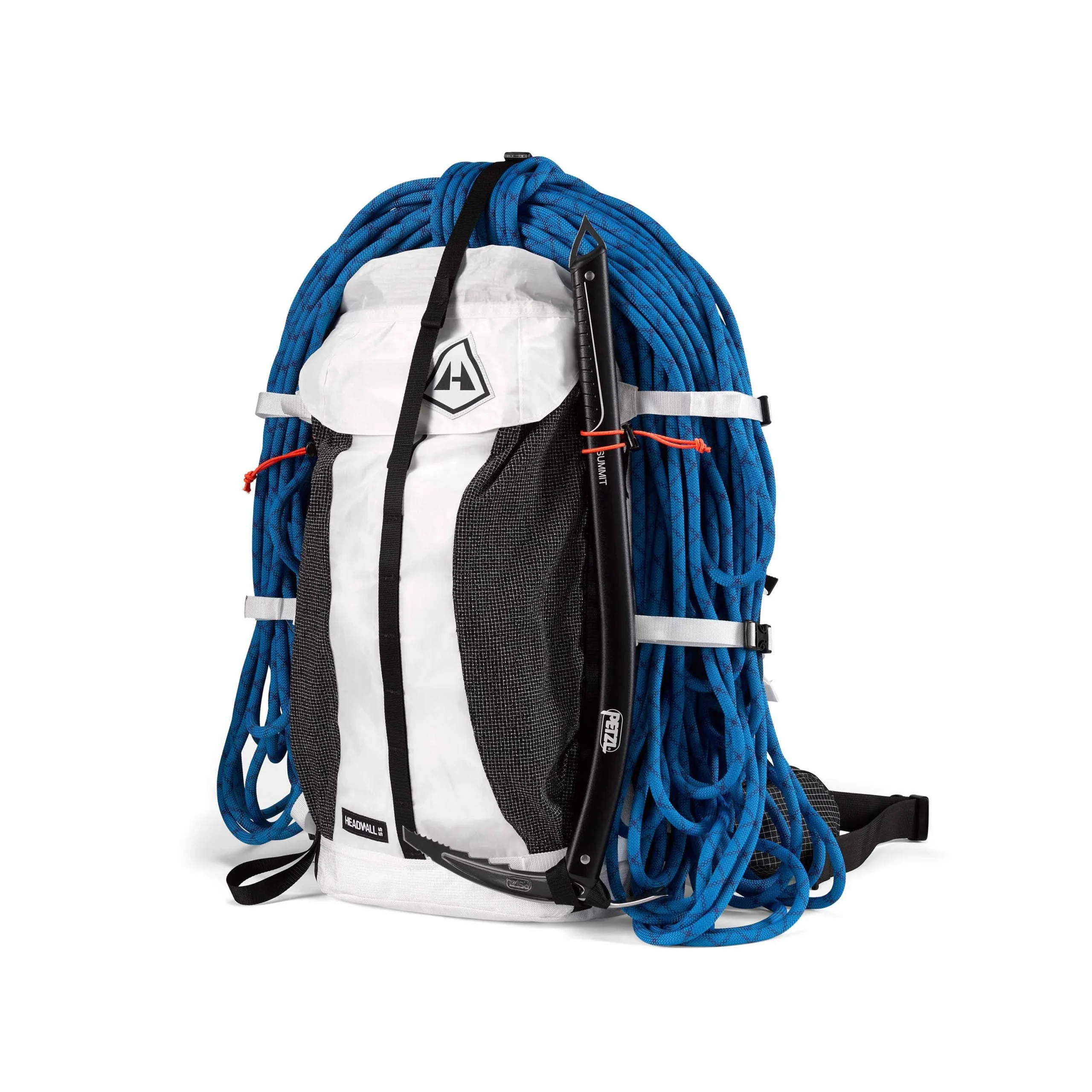
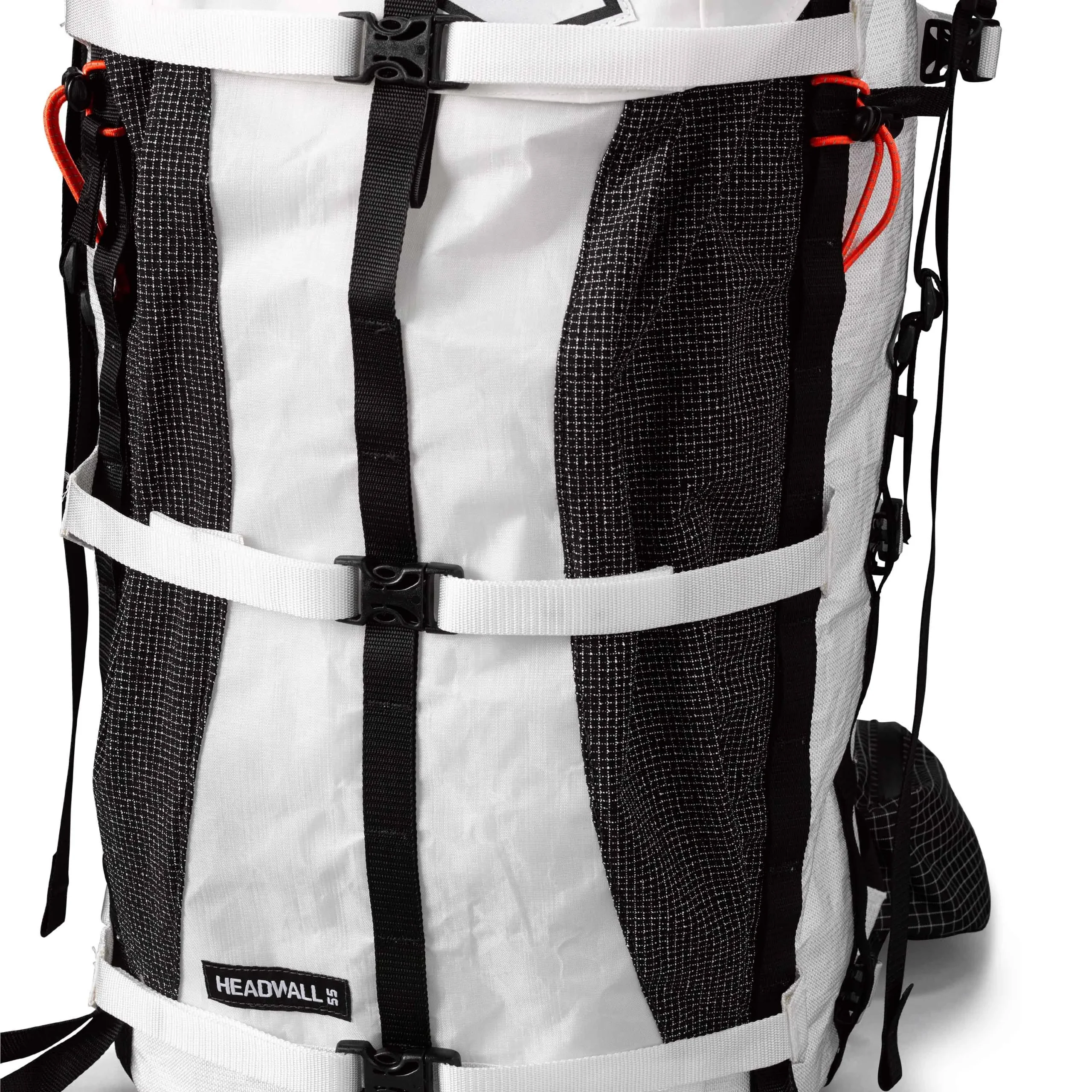
And for only weighing a little over a kilogram / 2.6 lbs, it does carry weight pretty well. Something with a burly frame (e.g., Mystery Ranch Saddle Peak) is what I’d usually pick for, say, summer ski days that mostly consist of carrying skis and boots on my back all day, but the Headwall 55 did a very good job of effectively distributing that sort of weight when I used it for an early-June outing when I had skis strapped to it for about 6 hours.
I don’t love the rolltop closure for days when I’ve got my camera (and am very curious about Hyperlite’s external Camera Pod attachment), but the rest of the pockets work well. I absolutely love the big, zippered hip belt pockets, the external avy-gear pocket is sleek and easy to access, and the ski carry options have worked flawlessly.
We’ll go into much more detail in our full review, but for now, I think the Headwall 55 is a very compelling option for backcountry skiers and snowboarders who are looking to cut some serious weight from their system and simplify their carrying solution, while still getting most of the key features they need from this sort of pack. Anything made with Dyneema certainly doesn’t come cheap, but I think the Headwall 55 is a very well-executed take on an ultralight and adaptable backcountry pack.
Trew Le Skieur LW Anorak & LW Bib
MSRP: $499 (Anorak); $519 (Bib)
Luke: Trew’s Cosmic and Cosmic PRIMO Jackets have been my go-to resort shells for the past two seasons, but this spring, they released their lightest waterproof shell kit, which I used for my late-spring touring season.
Le Skieur LW Anorak and LW Bib are specifically made for the backcountry, and that’s evident in just about every aspect of their design. The defining element is their ultralight 3L fabric, which uses a really thin 7-denier knit backer, similarly light ripstop nylon face fabric, and an unnamed waterproof / breathable membrane with a claimed water resistance rating of 20,000 mm and moisture-vapor-transfer rating of 30,000 g/m2/24hrs.
The fabric is very comfortable for a “hardshell” (it’s quite supple) and it breathes very well for being waterproof. It doesn’t quite match the Strafe Cham kit and its highly air-permeable Schoeller Aerobrane fabric in terms of breathability, which is still the most breathable waterproof fabric I’ve tested to date, but Trew’s LW kit isn’t super far off, and I suspect it’d hold up slightly better to extended exposure to wet snow / rain.
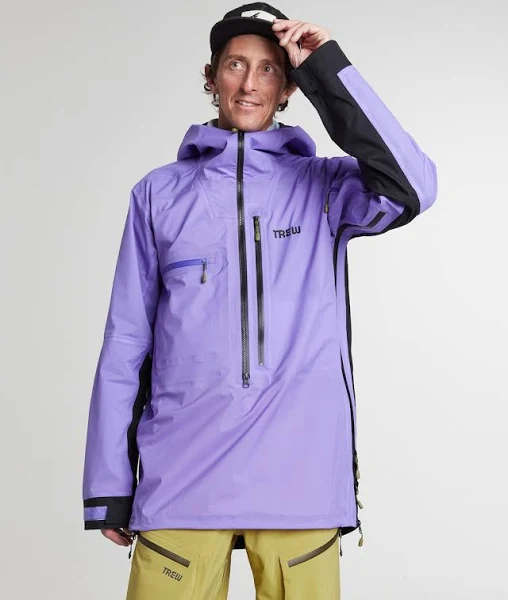
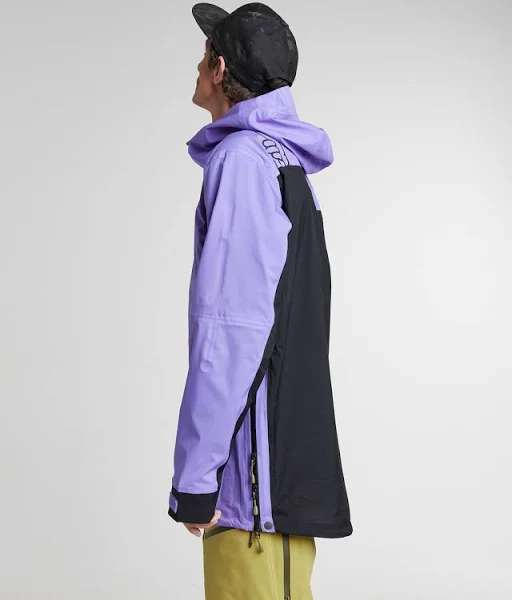
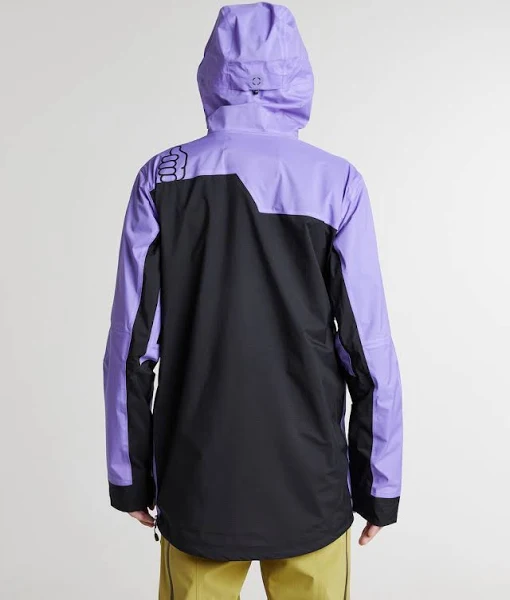


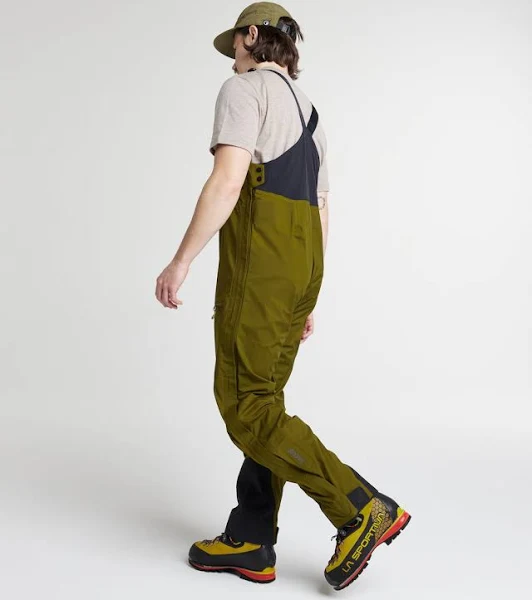
Le Skieur LW Anorak’s silhouette is unique, with a distinctly long cut and big ¾-length main zipper. I love the Trew Cosmic Jacket in a size Medium, but I opted to go for a Small in Trew’s LW kit, and that was the right call (I’m 5’8”, 155 lbs / 173 cm, 70 kg). The Anorak still falls down to mid-thigh and leaves enough room to throw a pretty thick midlayer underneath, while being slim and streamlined enough to not feel bulky under a big puffy jacket. Despite being a proud anorak fan, I personally think a full-length zip with three zipper sliders might have been a better call, since the ¾-length zip doesn’t save much bulk and a waterproof shell is something I take off / put on often throughout a day (at least in spring / summer), but Le Skieur LW Anorak’s above-average breathability does make it easier to keep on than most waterproof shells.
I like the big vertical chest pocket for skins, while the smaller chest pocket and bicep pocket are nice for small, light items. Its multi-slider zippers on the main zipper and side give you the option to create big vents, and make it easier to put on / take off. I also appreciate that they still added big, functional, velcro wrist cuffs and an adaptable hood design for use with or without a helmet.
The LW Bibs are similar in terms of being fairly slim but far from skin-tight, and featuring all the things I usually want from a touring pant without much excess. The chest pockets on the stretchy bib portion do sag a bit when loaded with a beacon or phone, but not enough to be an issue for me, and I always like having storage options in that area on a bib. The side vents are absolutely massive and allow for easier bathroom breaks, and the magnetic FidLock cuff adjustment has so far done a great job of snugging down over various footwear while staying secure and out of the way. Despite the main fabric being ultralight, they still have a big Vectran inside-cuff reinforcement, which I’ve found to offer above-average resistance to cuts from ski edges and crampons, relative to how light it is.
Overall, Trew’s LW kit is a pretty dialed combo for those who want waterproof protection and backcountry-focused features in a very light, quite breathable package. Here in Crested Butte, I think I’ll find myself using it very often for mid-winter touring when the temps are below freezing, whereas I usually opt for a non-waterproof kit during our mostly dry springs and summers, but I think it’s a compelling option for locales where heavy snow / rain is a more common factor in the backcountry.
RecPak Ultralight Meal Replacement
MSRP: $12.99 for one; $34.99 for three; $69.99 for six
Dylan Wood: When I’m looking for meals to take on bike rides, kayaking adventures, or ski tours, I am mostly looking for three qualities: easily packable, high in caloric content and nutrition, and tasty. And for me, RecPak’s meal replacement pouches check all three of those boxes.
RecPak is a lightweight meal replacement designed to deliver roughly 50% of the carbs, 25% of the protein, 25% of the fat, and 25% of the vitamins and minerals the average person needs for a day. At 700 calories, it is certainly not a light meal, but I appreciate this because I find myself needing to consume upwards of 4,000 calories on days where I am active, which, fortunately, is most days. RecPak meals come as a pouch with powdered mix inside that weighs just 170 grams; you need to add 16 oz of water to turn it into a drinkable meal. This of course requires that you have that water on you or the ability to treat a water source, but I do appreciate that RecPak also makes me drink 16 oz of water, helping me stay hydrated in the backcountry. Also, once I am done with the meal, the pouch takes up very little space in my pack or pocket.
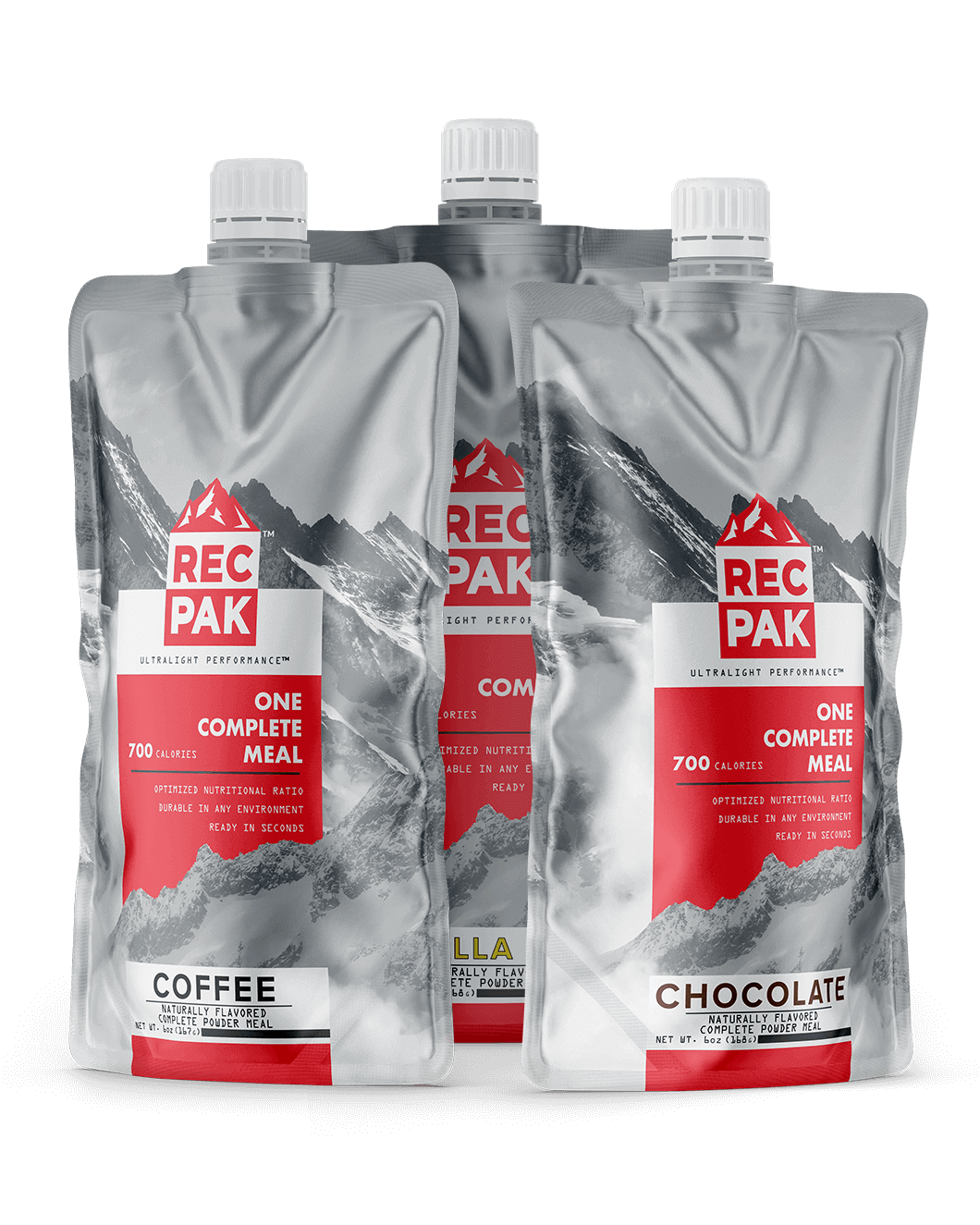
Leatt Helmet MTB Trail 3.0
MSRP: $149.99
Luke: Since last fall, Leatt’s Trail 3.0 helmet has been my go-to open-face option. It’s supposedly meant for “trail riding, cross country training, and backcountry or gravel adventures.” I.e., it’s not a part of the growing class of high-coverage open-face options (see Leatt’s “AllMtn” models for that), but is designed with ventilation as a big priority, in addition to protection.
On the former front, it does a very good job — a ton of air moves through the helmet’s numerous vents. On the latter, Leatt highlights a few key safety-focused features. Their “360° Turbine Technology” consists of several discs that can rotate and deform, with the goal of reducing both linear and rotational impact forces (see Leatt’s R&D testing documentation for all the details). In use, those Turbine discs haven’t been noticeable to me at all. The Trail 3.0 Helmet’s visor is also designed to break away to reduce rotational impact force, and you can remove it completely if you want.
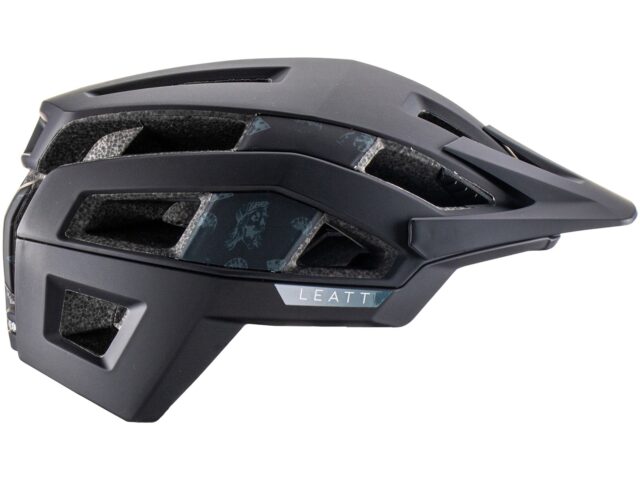
The Trail 3.0 also has some other higher-end features, like a really nice FidLock magnetic buckle that’s easy to use with one hand, functional dial-style fit adjuster, as well as grippy eyewear-docking slots above the visor. Those work well with straight-arm glasses, less so with glasses that have curved arms, as I’ve found to be the case with pretty much all similar eyewear slots.
I’m interested in trying a higher-coverage half-shell, such as Leatt’s AllMtn 4.0 or 3.0, and I’d be curious to see a head-to-head test of Leatt’s 360 Turbine helmets vs. helmets that use other rotational-impact-protection systems. But as far as “average-coverage” half-shells go, the Trail 3.0 does a great job of letting me forget I’m wearing it, while still featuring the impact-reduction features I look for in a trail helmet.
9Barista Espresso Machine
MSRP: $470
David Golay: I really like good espresso, but due to the cost and (especially) space constraints in my small house, I haven’t delved seriously into the world of home espresso machines. Instead, I opt to make my at-home coffee with either an Aeropress or Chemex pour-over and just get my espresso fix from coffee shops.
So when I came across the 9Barista, I was highly intrigued. In short, it’s a compact stovetop espresso machine, sort of like a fancier Moka pot that makes genuine espresso. And having now used one for the bulk of my at-home coffee consumption for the last few months — and while car camping on a portable stove as well — I’m a huge fan.

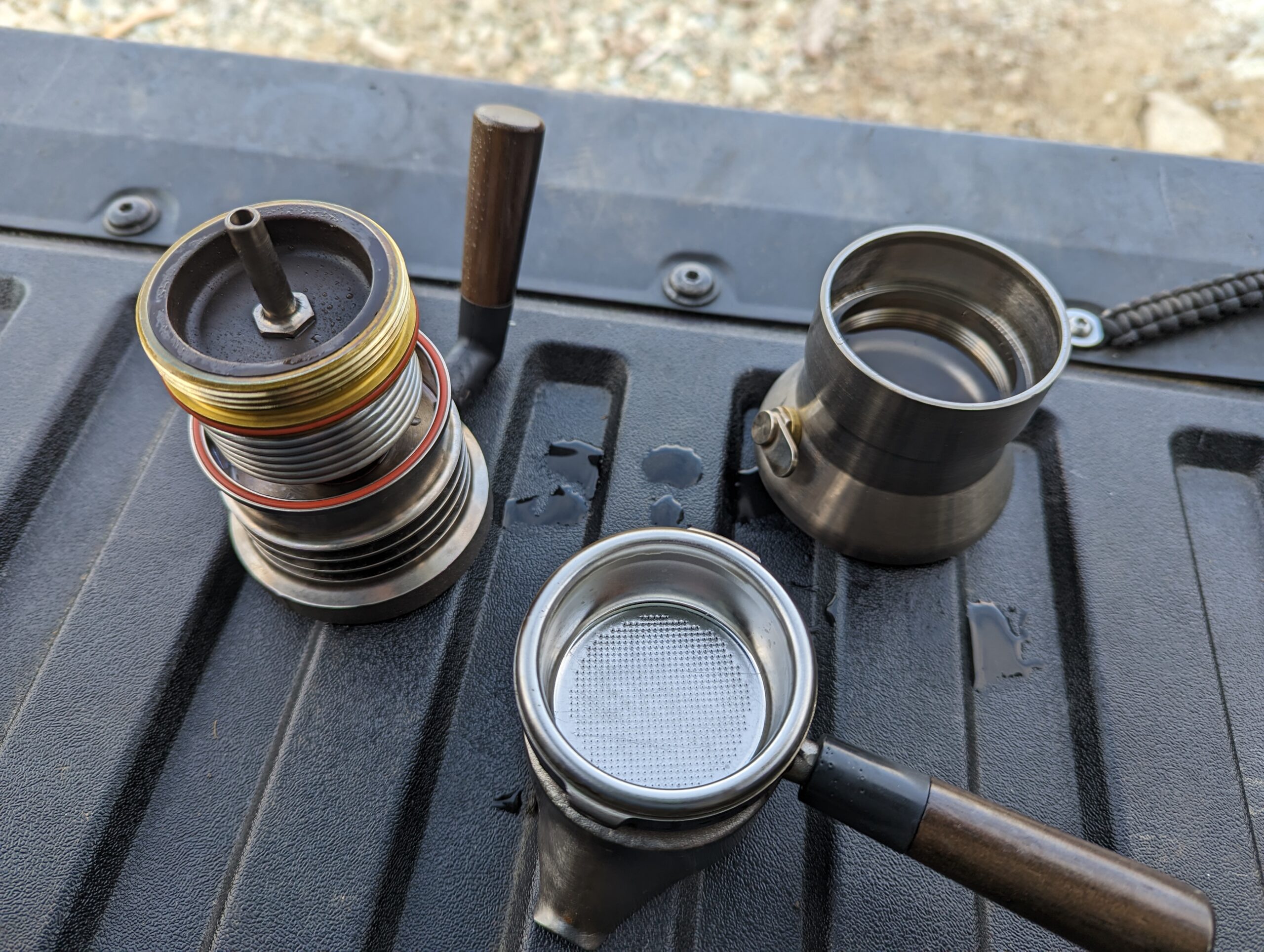
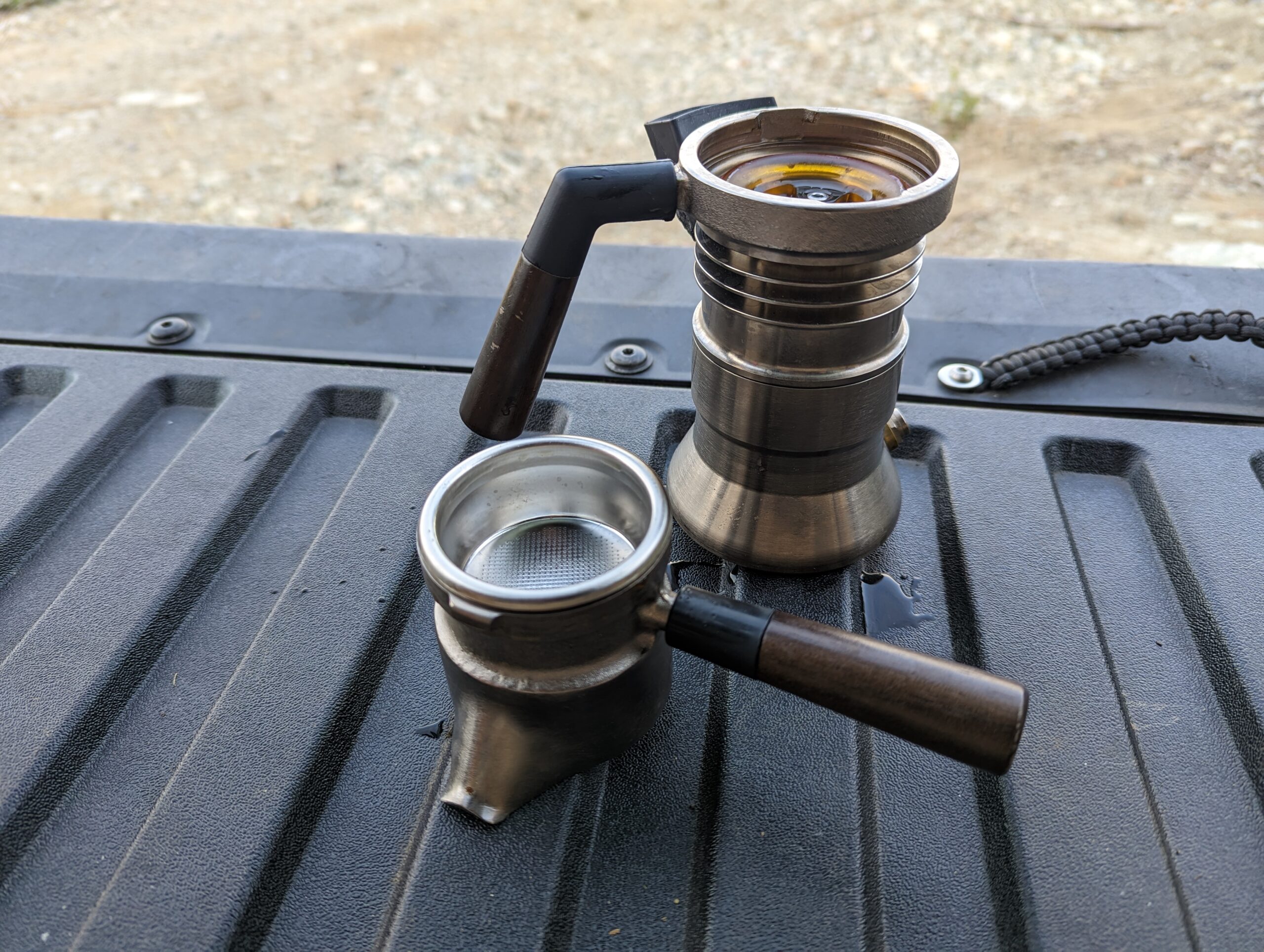
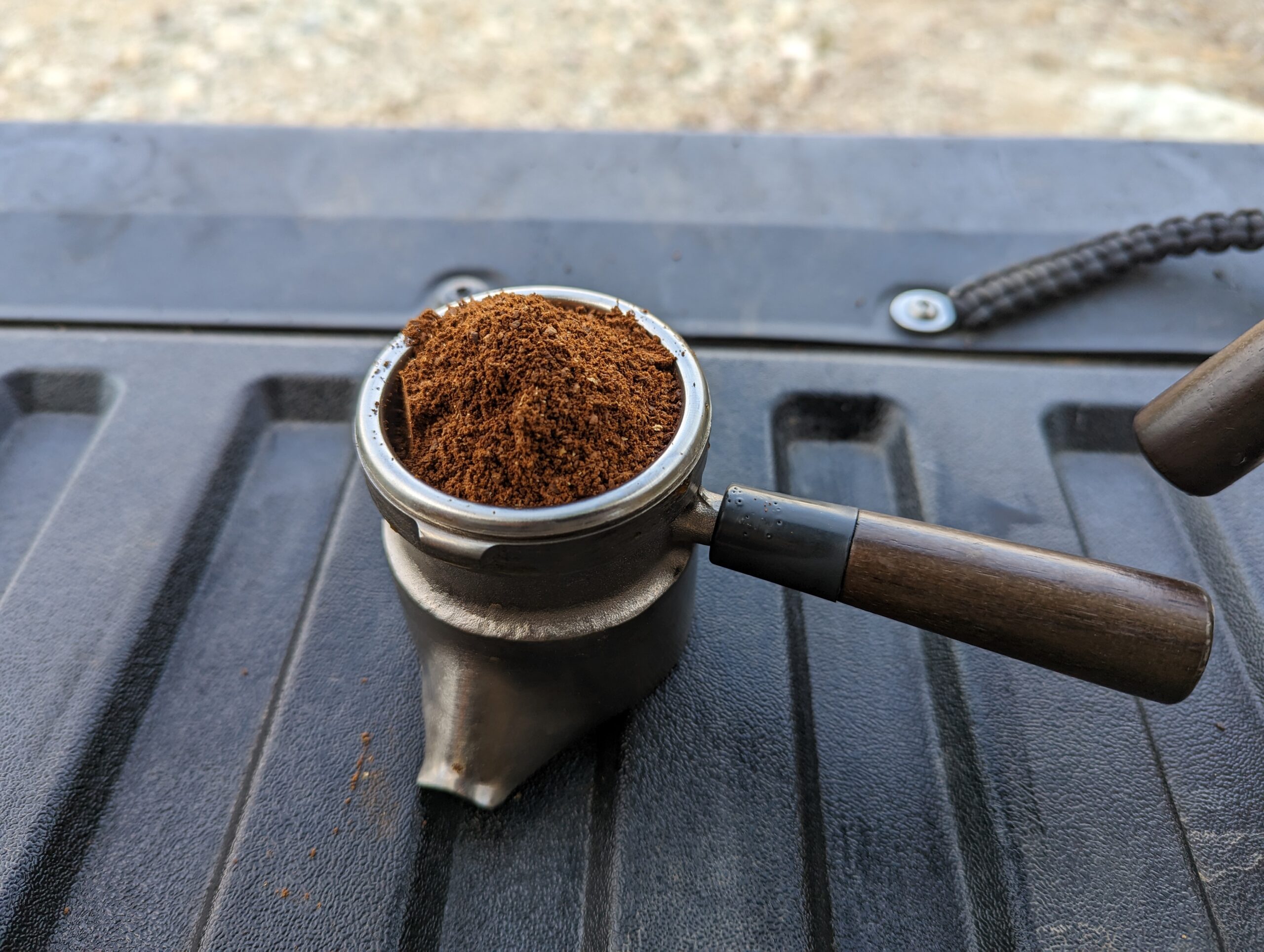
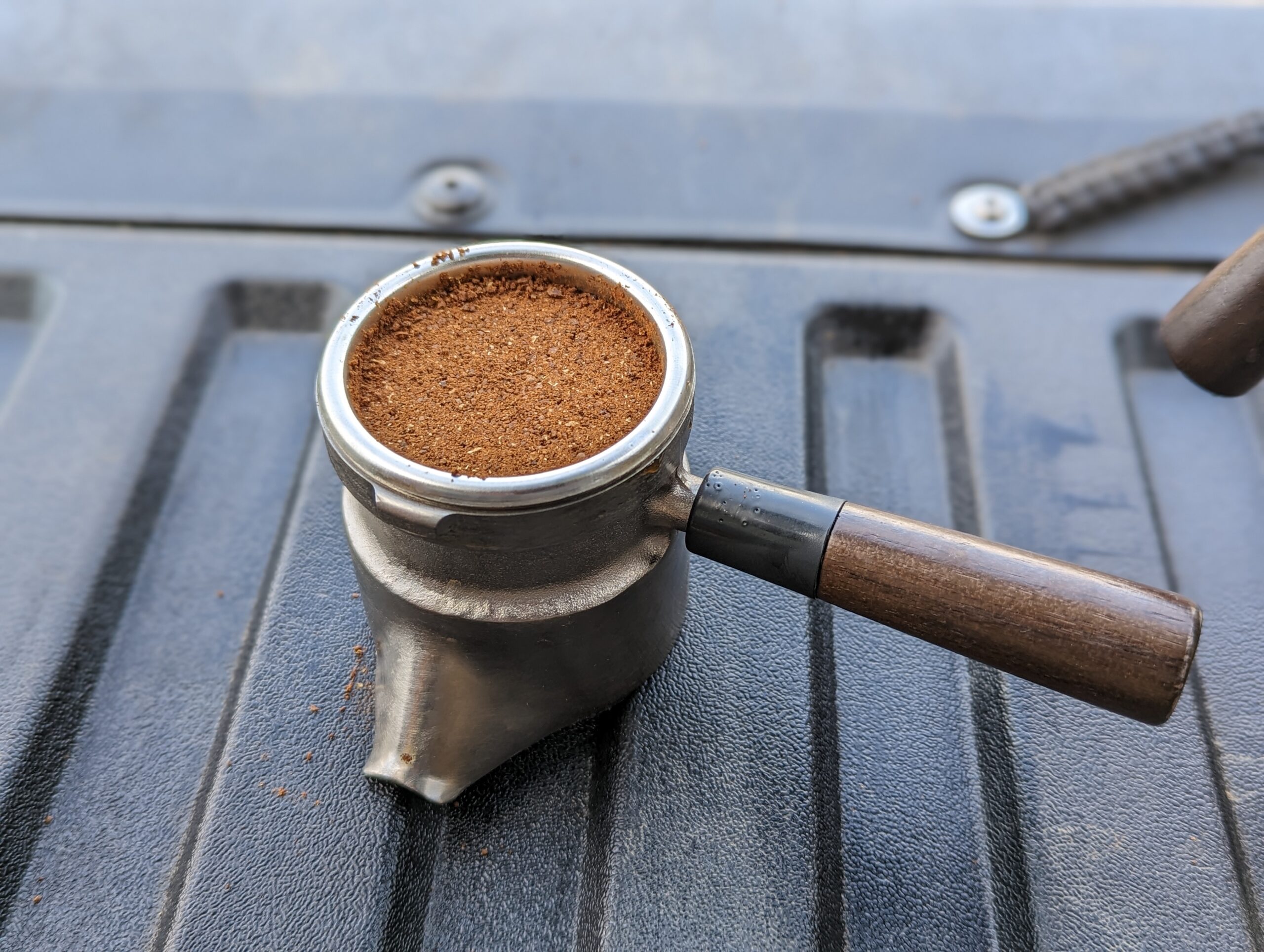
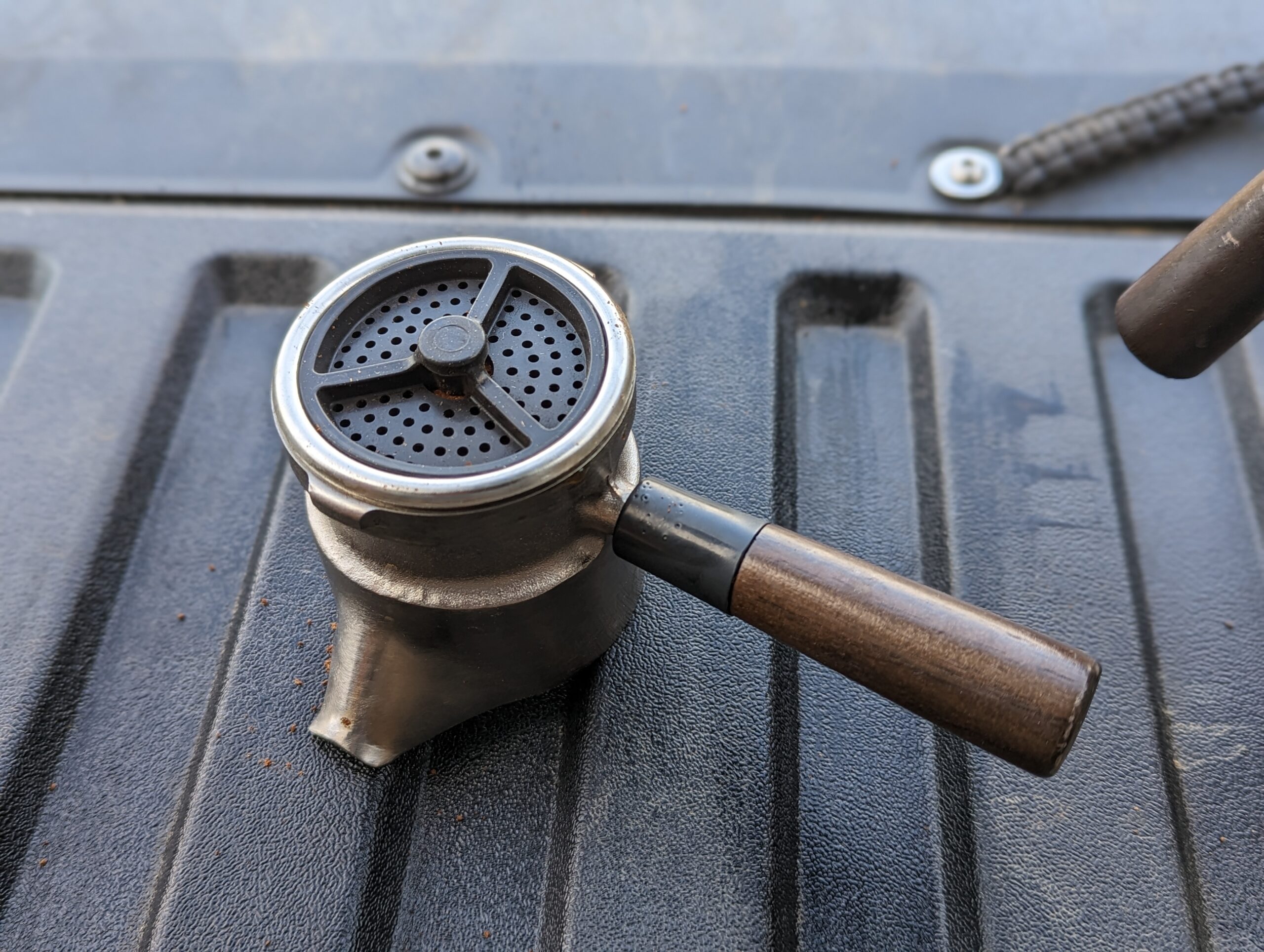
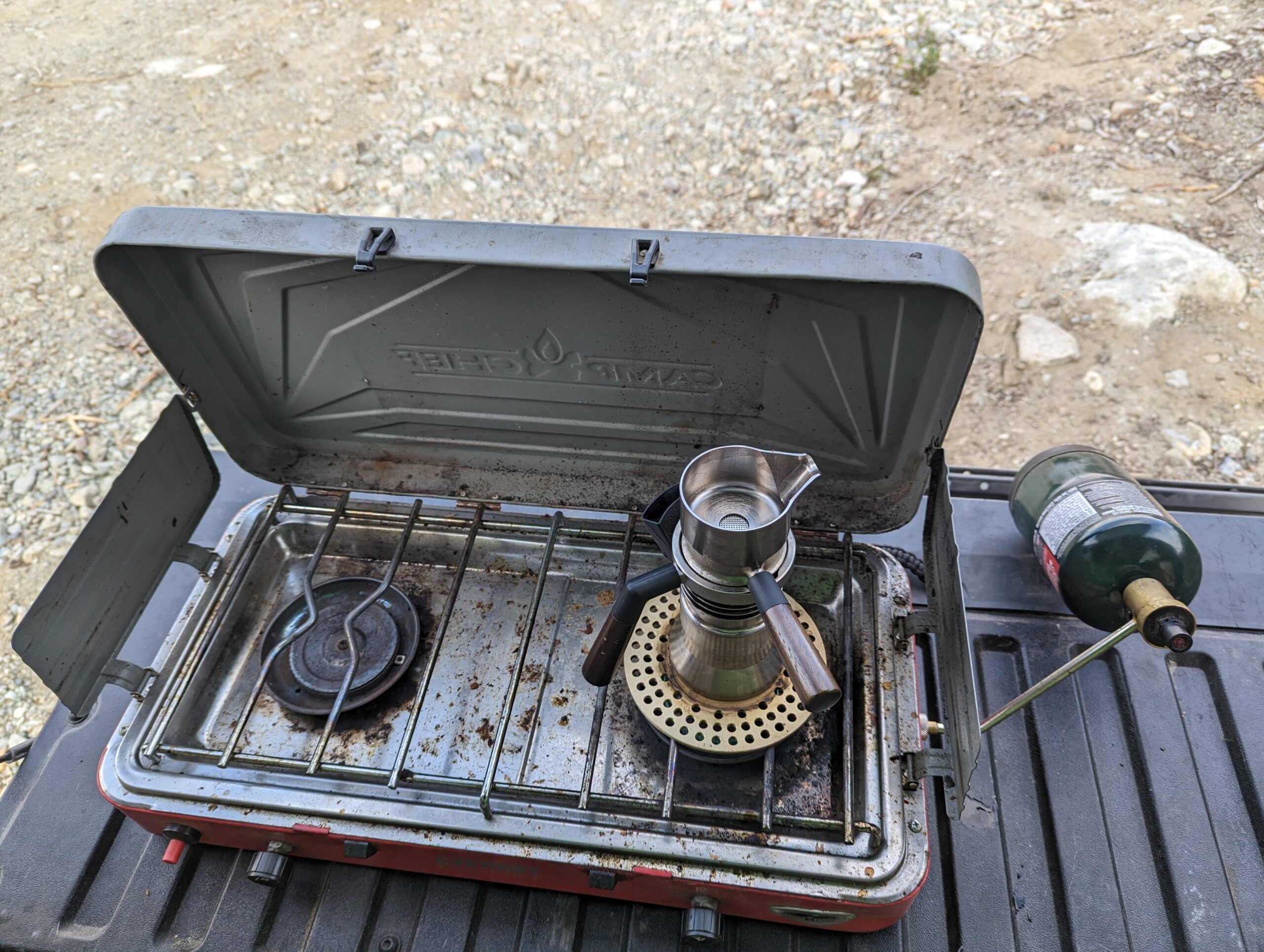
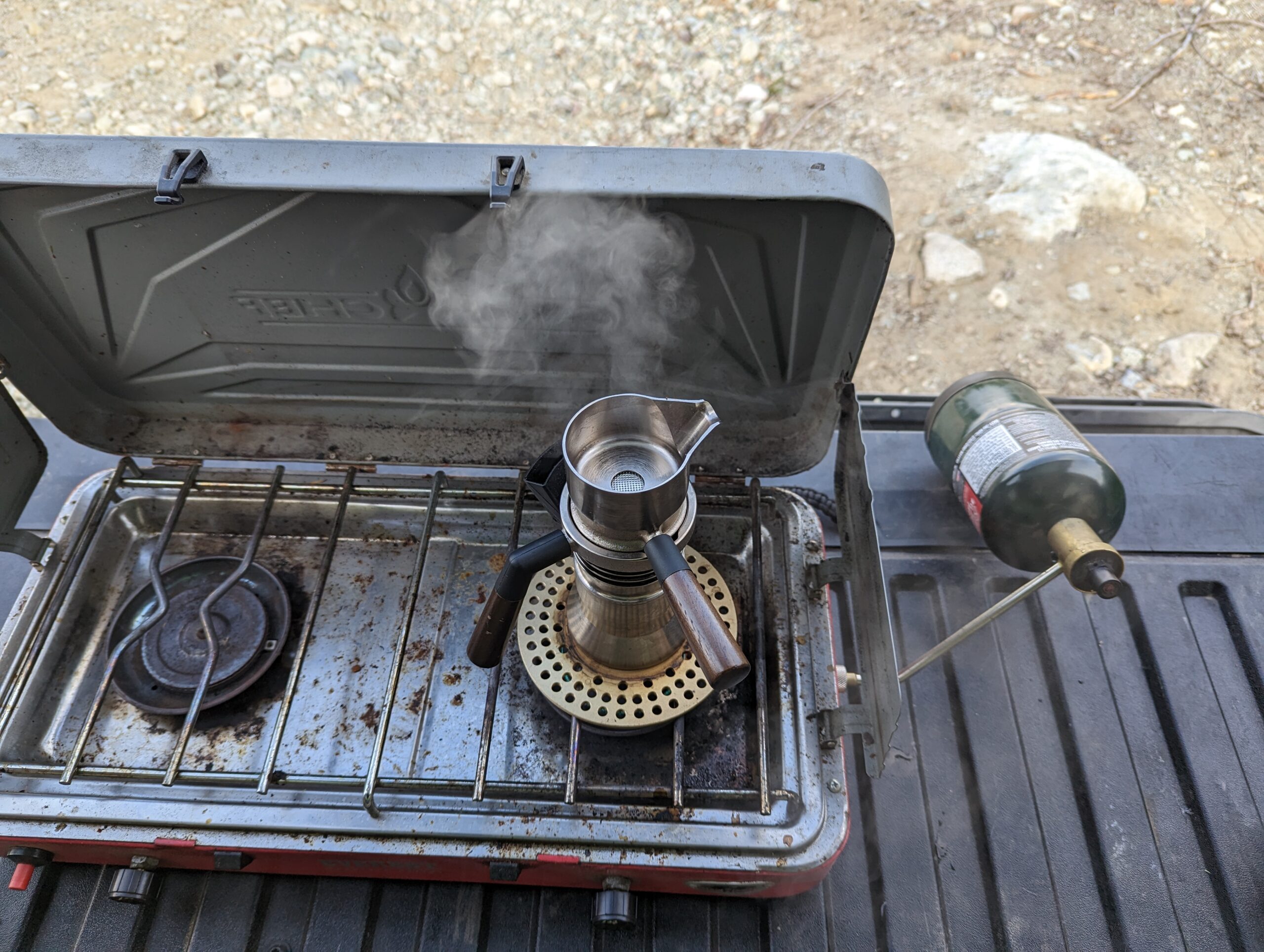
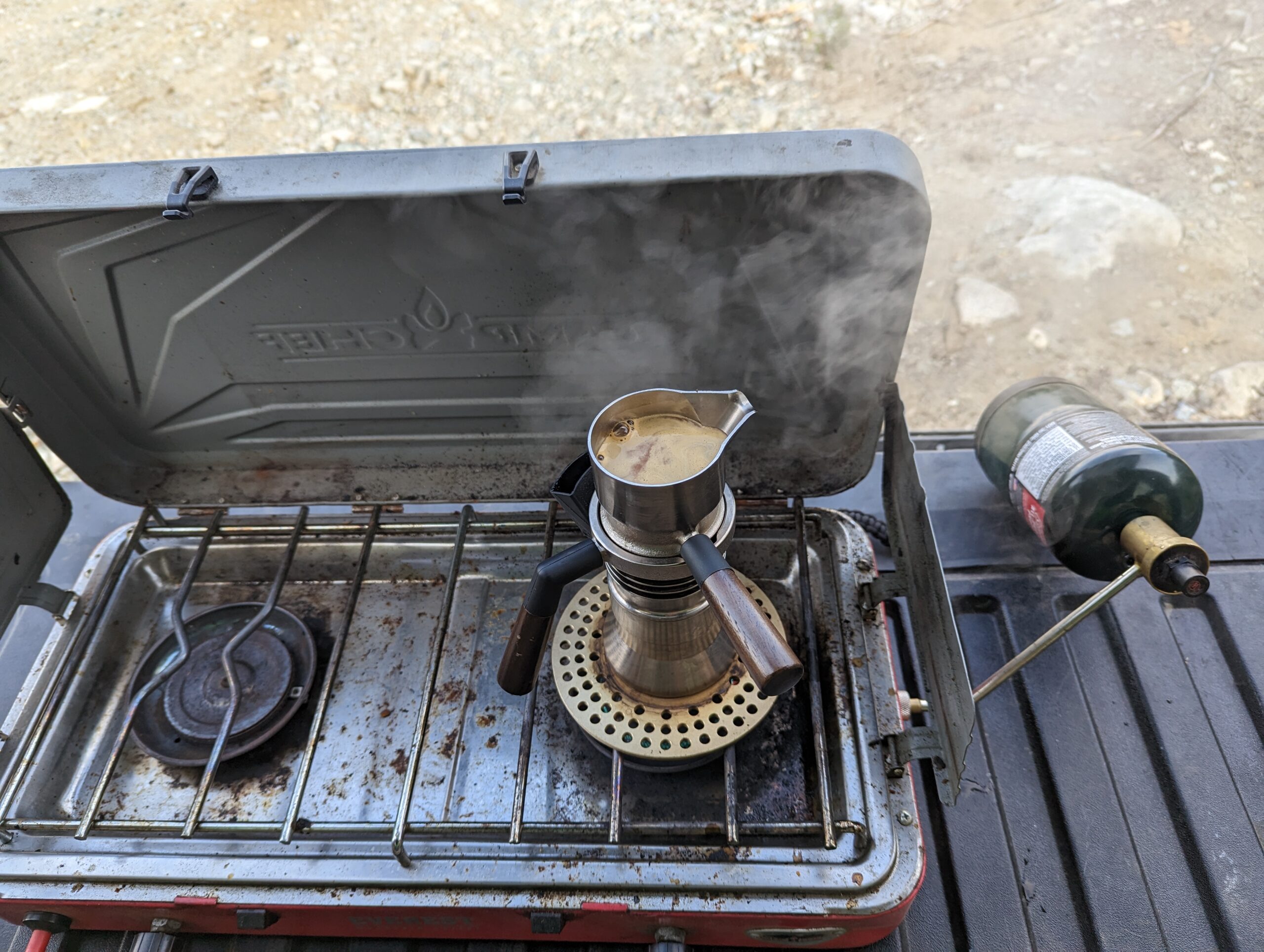
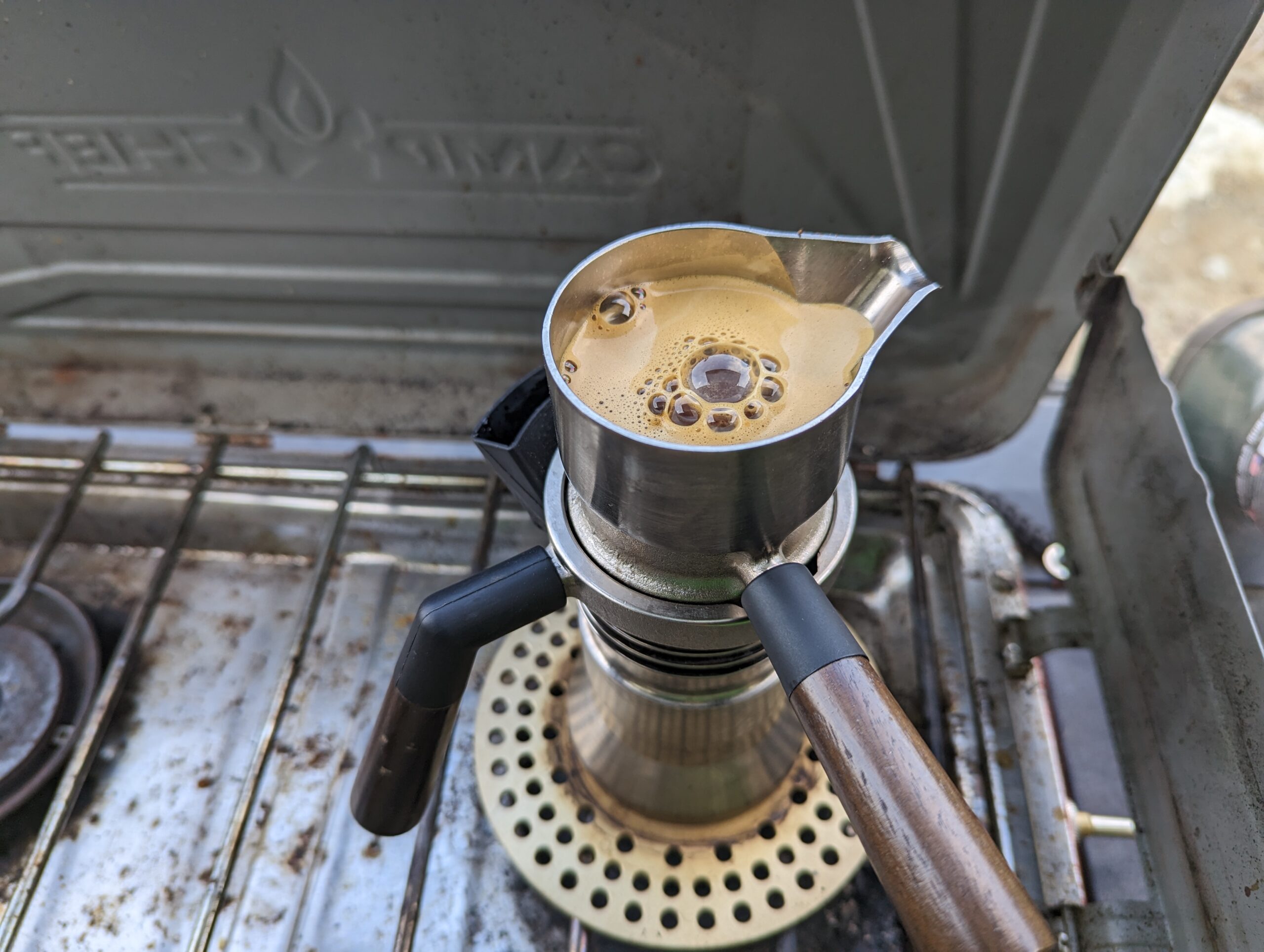
The 9Barista works on the principle that the two main requirements to make espresso are to deliver water at about 9 bar of pressure (hence the name) and to do so at 93° C, just shy of boiling. And it uses some clever engineering to do so in an impressively simple package. The 9Barista is comprised of three main components, the base (which houses a high-pressure boiler), the middle section, containing the upper boiler and a pair of heat exchangers, and then the upper portafilter assembly which also contains the basket for the coffee grounds.
To make an espresso with the 9Barista, you unscrew the base from the rest of the machine and fill it with 110–120 ml of water (there’s a nicely-labeled fill line to make that easy) and then screw the middle portion back onto the base, sealing off the lower boiler. The portafilter assembly twists off with a quarter-turn latch, and you flip that over to orient the basket upward, into which you pour 18 grams of finely-ground beans and then tamp the shot. There’s a silicone gasket that presses on top of the tamped shot to help keep it in place while you reinstall the portafilter on the machine, and then you’re ready to heat the machine to make your espresso.
The 9Barista then goes onto your stove at fairly high heat (exactly how hot will take a little dialing in on your stove) with the goal of producing a double shot in about 4–6 minutes, with a 25–30 second extraction time. A heat transfer plate is included to help direct the heat from gas or coil electric stoves into the base of the machine; an induction plate for use on those stoves is sold separately. With heat applied, the water in the lower boiler is heated to about 179° C — well past boiling temperature — until it reaches 9 bar of pressure and opens the valve to the upper boiler. With the valve opened, water flows upward through the internal coil heat exchanger, where it’s brought down to 100° C while remaining at 9 bar of pressure. After completing its circuit through the coil heat exchanger, the water passes through the upper finned heat exchanger which drops the temperature a few more degrees to about 93° C, after which it’s forced up through the tamped shot and into the cup on the top of the portafilter where you can pour it off into your drinking vessel. A chimney on the side vents excess steam from the boiling process.
If you want to speed things along you can put the base and heat exchanger assembly on the stove while you prep the portafilter, but you’ll only want to do that once you’ve got the process down such that you can be sure to install the portafilter before the water boils. Doing so isn’t hard once you know what you’re doing, and has become my default method. Once you’ve poured your finished shot, you can also run the machine under cool water for a moment to bring its temperature back down such that you can refill it and make another sooner, if needed.
Getting the different parameters of applied heat and grind size dialed in takes a little bit of trial and error (9Barista includes a helpful tips and tricks guide with the machine to troubleshoot common issues), but once you get the process sorted out, it repeatedly makes genuinely excellent espresso. I’ve gotten great results both on my home electric stove and on a larger two-burner camping one, both using a Baratza Encore electric grinder and a Hario Coffee Mill hand one. I did mistakenly melt the outer surface of the plastic chimney slightly by using it on a camp stove with too wide a flame pattern / at too high heat without the heat transfer plate when I was first dialing that process in, but the damage was merely cosmetic and all of the components of the machine are replaceable should the need arise.
[For what it’s worth, 9Barista recommends not using the heat transfer plate on camping stoves out of concern that it could warp under high centralized heat. I think that makes sense for stoves with a tighter heat patter (e.g. an MSR Pocket Rocket or similar) but on the Camp Chef Everest I was using, the heat transfer plate is helpful and the stove’s heat control is good enough to not damage the transfer plate.]
The 9Barista is also just a beautiful, satisfying object to use. Most of its components are made in the UK and the nickel-plated brass construction of the main body is hefty and feels robust. And while it’s generally easy to use and clean, 9Barista describes their machine as being for people who enjoy a certain ritualistic experience in making their daily coffee. I’m certainly in that camp and the quality construction and tactile feel of the 9Barista is a real part of my appreciation of it. But mostly it makes great espresso, both at home and away from it, in a compact form factor that, while not cheap, is a whole lot more affordable than most even home-grade espresso machines. I’ve been using mine multiple times a day for months now, and have no plans to change that. It’s probably the single biggest life upgrade I’ve made this year.
La Sportiva TX Canyon
MSRP: $189
Dylan: As I mentioned in last month’s Stuff We Like, I am a big fan of having closed-toed, sneaker-like shoes to use when I am kayaking runs where you need to hike in and/or out to the river / creek, get out and scout rapids, or set up safely. And I’ve been really digging La Sportiva’s TX Canyon.
Labeled as an approach shoe designed for canyoneering, the TX Canyon is designed to provide grip and support in wet and slippery conditions as well as shed water. La Sportiva also talks a big game about this shoe’s durability — a common shortcoming in the whitewater shoe market — going so far as to call the TX Canyon “indestructible.” And while I haven’t had enough time in this shoe to put these durability claims to the test, it certainly has a very burly feel.

This comes at the cost of some extra weight, though, with the size 8.5 TX Canyon coming in at 460 g per shoe versus the size 10 Astral Rassler 2.0 weighing in at 269 g per shoe.
I’ve been really impressed with the amount of traction that the TX Canyon’s Vibram soles provide. This shoe provides a firm grip on rocky river banks as well as wet and slippery riverbeds, even the slimy slate that gives Crested Butte’s creeks their distinctive slide-filled character. I am also fond of the ankle support these shoes give, which is often lacking in shoes of this style. I also found myself really appreciating how easy it is to get in and out of them. The laces can really be cranked down, and the very secure Velcro strap system up top certainly aids in their security and ankle support.
Compared to the Astral Rassler 2.0, apart from being notably heavier, the TX Canyon has a more rigid, burly feel. The Rassler is a bit more compliant and supple, whereas the TX Canyon offers more support, especially in the ankle area. Inside the boat, the Rassler is more comfortable in tight spaces, such as in playboats or slicey boats, but I have had no issues with either shoe in bigger boats like the Liquidlogic RMX 86 and Jackson Antix 2.0. Traction-wise, both shoes are pretty similar, with the Rassler potentially having a slight advantage on rough surfaces and the TX Canyon offering more grip on smooth ones.
It’s also worth talking about the sizing of the La Sportiva TX Canyon, which can be a little confusing. They size this shoe with a +2 US size extension to account for use with a 2-4 mm thickness Neoprene sock and a 7 mm thickness dry suit, which is much thicker than what most folks wear on the water. Subsequently, I got these shoes in a US men’s size 8.5, which has felt perfect when wearing wool socks, the drysocks on my drysuit, and 0.5 mm neoprene socks. For reference, I typically wear a 9 or 9.5 street shoe, and the US men’s size 10 Astral Rassler 2.0 fits quite similarly.
Overall, the La Sportiva TX Canyon is proving to be an excellent whitewater shoe choice for those who prioritize a supportive, burly feel over a lightweight and pliable one. This shoe is also promising in the durability department so far, so folks who are hard on their shoes have plenty of reason to consider the TX Canyon.
Ursa Major Skincare Essential Face Wipes
MSRP: $26
Kara: I am not a huge proponent of using face wipes regularly due to how wasteful they are and because there are now so many great face washing alternatives. However, when I am biking and camping, there is nothing more rejuvenating and refreshing than a good face wipe to help dust off before crawling in my sleeping bag. This summer, I have been using the Ursa Major Skincare Essential Face Wipes after lots of my adventures, and I really love the combination of cleansing, exfoliation, and moisturizing they provide. They are also pretty large, which means I can use just one for my face, legs, arms, etc.
I have come to find most Ursa Major skincare products to be mild and soothing. And because of the hydration they offer, it isn’t totally necessary to use lotion afterwards. I find the smell to be mild yet also refreshing, and while it’s not the same as a shower after a dusty, hot ride, the wipes do really help me feel clean and refreshed.

For a more sustainable option at home, Ursa Major also offers the 4-in-1 Essential Face Tonic, which I have also been using. It offers all the same properties, just in a larger bottle. Ursa Major utilizes some really excellent all-natural ingredients, including aloe, green tea, sugarcane (a natural source of alpha hydroxy acid), willow bark, and birch sap. All of which help with long-term skincare.
The wipes are made in the US and their packaging is compostable. The wipes themselves are made from bamboo. So, while individual face wipes are something I find unreasonable for daily use, these amazing face wipes provide such a nice alternative for adventures and travel.
Nalgene 48 oz Wide Mouth Ultralight Bottle
MSRP: $9
Matt Mitchell: I have memories of my father toting around a discolored Nalgene bottle on some of our first backpacking trips together, its sidewalls stained sepia from the instant tea he’d brew to keep him caffeinated enough to contend with my childhood antics. Nalgene bottles, especially the classic Ultralight model, have transcended their form so much so that the term “water bottle” brings their image to mind. Nostalgia freezes their design in time, sure, but I think that elides the fact that Nalegenes also just plainly work while being supremely affordable.
Do I need to keep 48 oz of water (or any other type of liquid) on my person at any given time? Likely not. Is it cool to know that I can carry around that much fluid? For sure, hence why I’ve been tied to Nalgene’s 48 oz Wide Mouth Ultralight Bottle for the past couple of months. Outside of the fact that I’ll have trouble misplacing it — the bottle approaches the size of a mortar round, for goodness sake — it’s also pretty much indestructible (remember when Nalgene promised to replace broken bottles, unintentionally inspiring intrepid teenagers to run theirs over with vehicles and rig them with improvised explosives?).
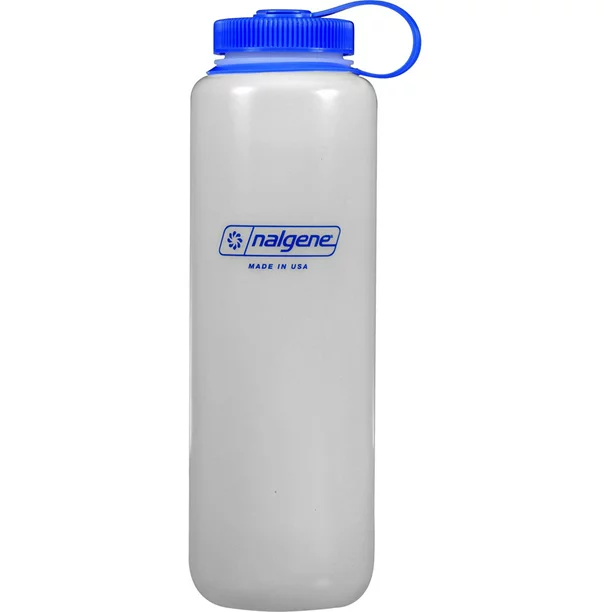
Backpacking / fastpacking gear has gotten a lot lighter since my dad and I paraded around in ankle-high boots and frame packs, so I likely won’t be taking my Nalgene out into the backcountry this summer; however, it works just as well as a companion on long drives and for remote work. Because of its inescapable size, I’m also reminded to drink more water on a daily basis as well. My pee has never been clearer!
Paka Women’s Everyday Baselayer
MSRP: $75
Materials: 80% Tencel, 20% Royal Alpaca
Reviewer: 5’9”, 167 lbs / 175 cm, 75.7 kg
Kara: I wrote about Paka apparel in Stuff We Like: January 2022 after becoming very attached to their sweaters due to how soft, cozy, and, as an additional highlight, how ethically-produced they are. But lately, I have been spending way too much time in Paka’s Everyday Baselayer. It is a thin, lightweight baselayer that is supremely soft. The alpaca wool and tencel combo used in this baselayer is notably softer than most of my wool baselayers, and it is super breathable and provides some great wicking. While I think of this baselayer more as a cozy camp shirt to sleep in, or something to throw on after a ride to go to dinner, it will likely work great as a lightweight baselayer come ski season or as a “one-shirt quiver” for travel, backpacking, and more. I have already used it and washed it quite a bit, and while I am washing on cold and hang drying, its material is holding up great despite how thin it is.
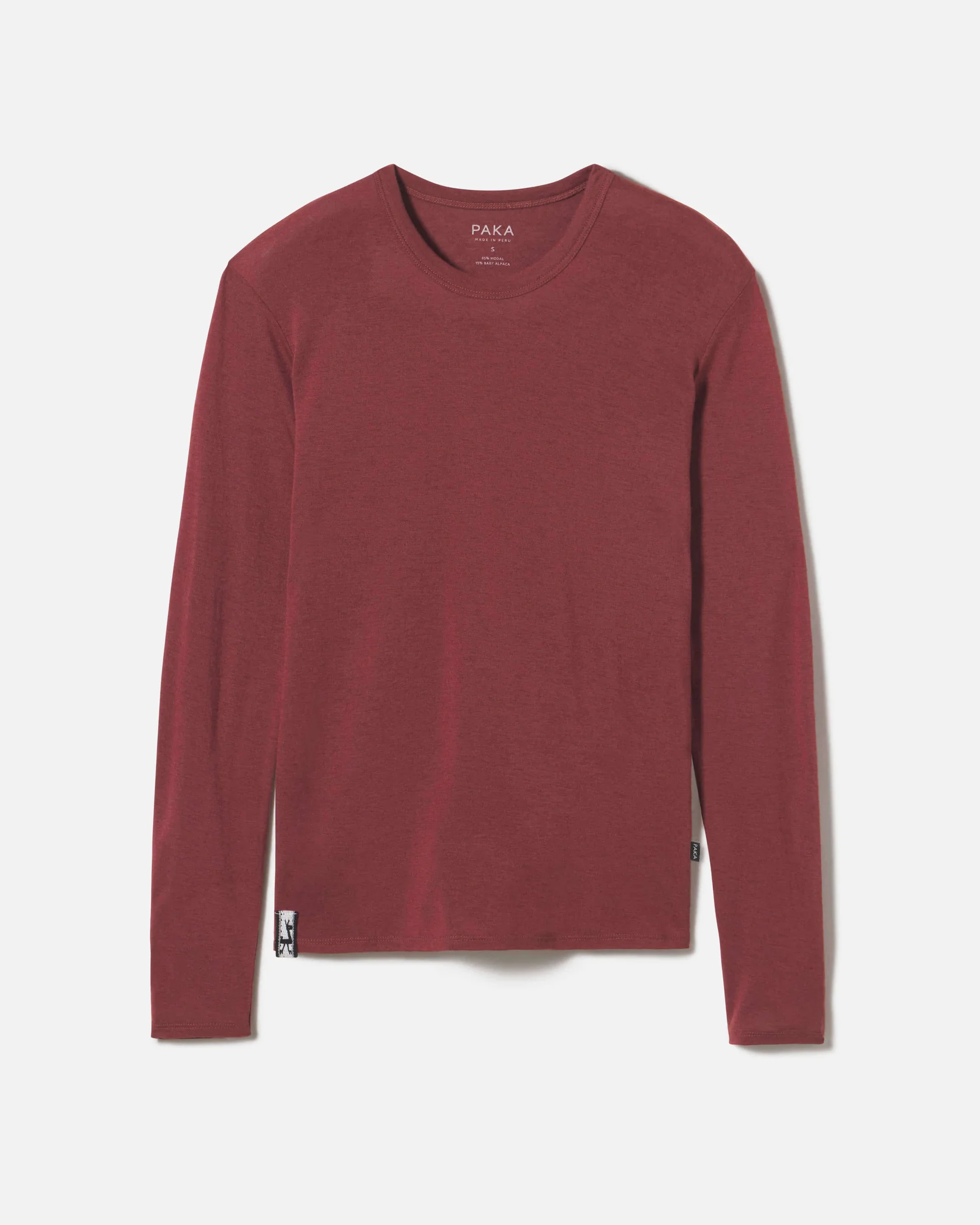

On the topic of espresso makers, you all have to try the Wacoco picopresso. It is much more compact and quick/easy to use than the espresso maker mentioned above and, if used correctly makes a barista quality espresso with a great crema. Highly recommended!